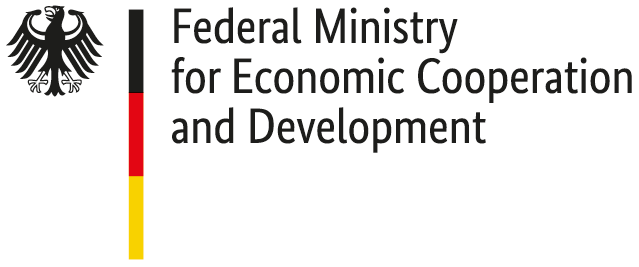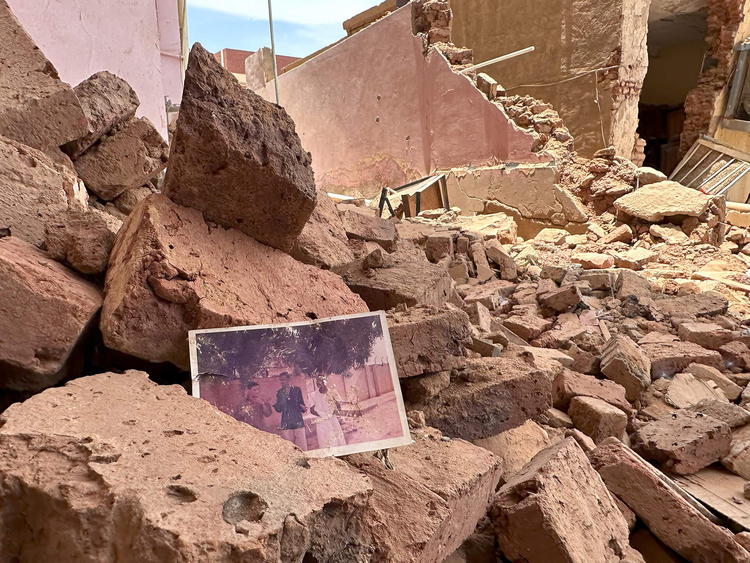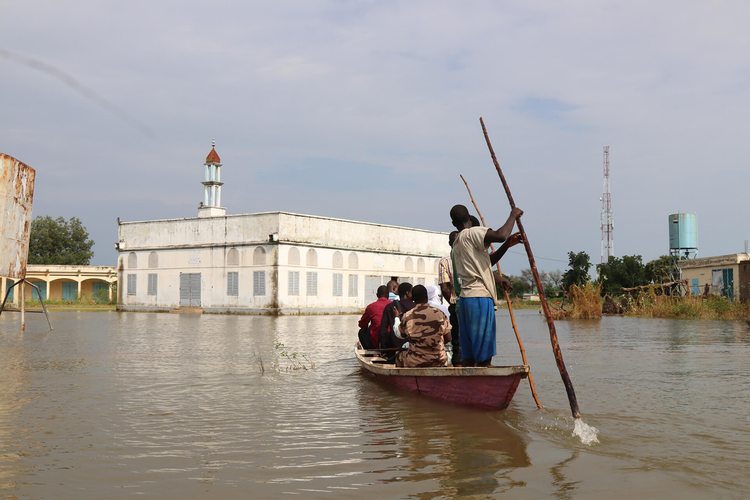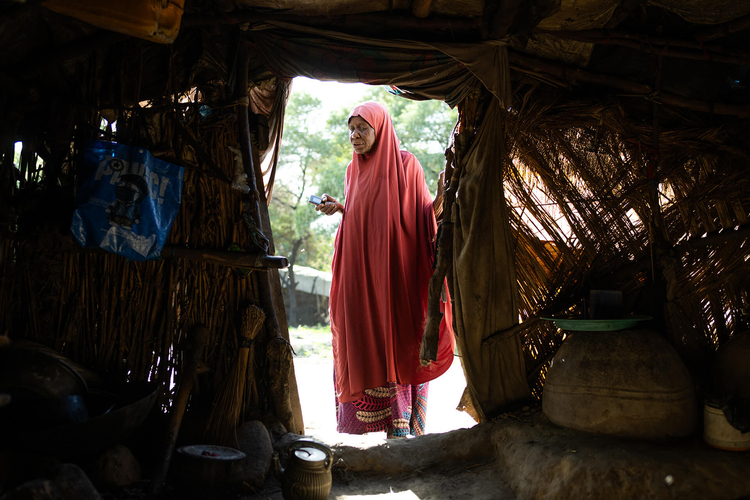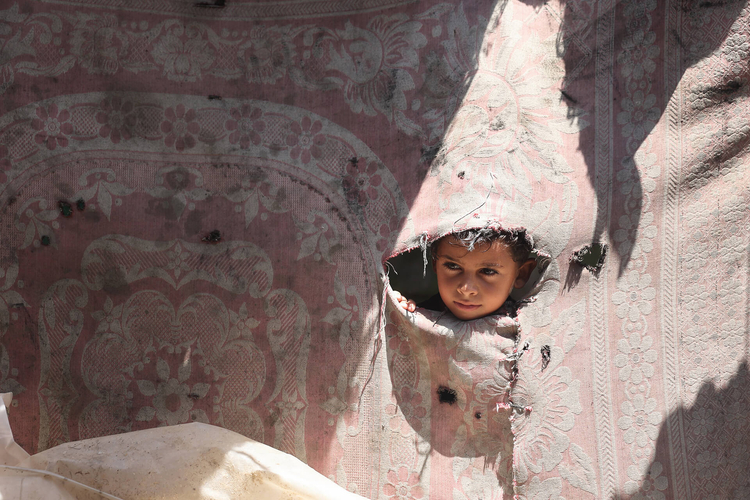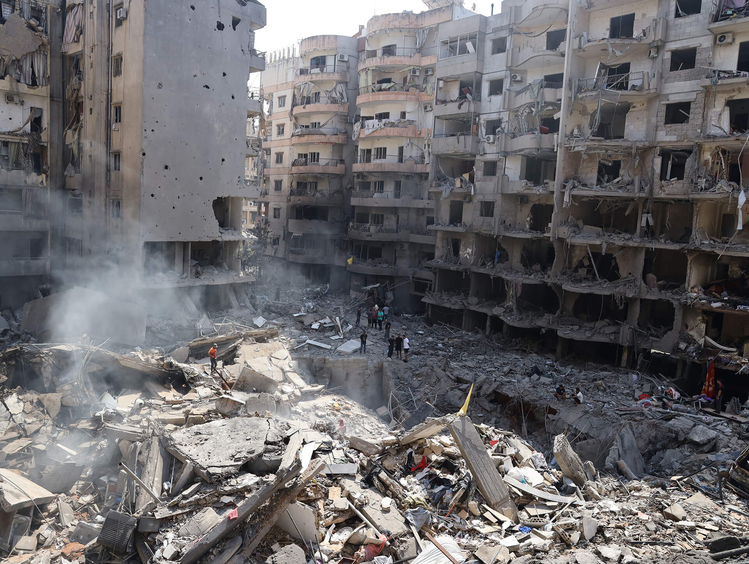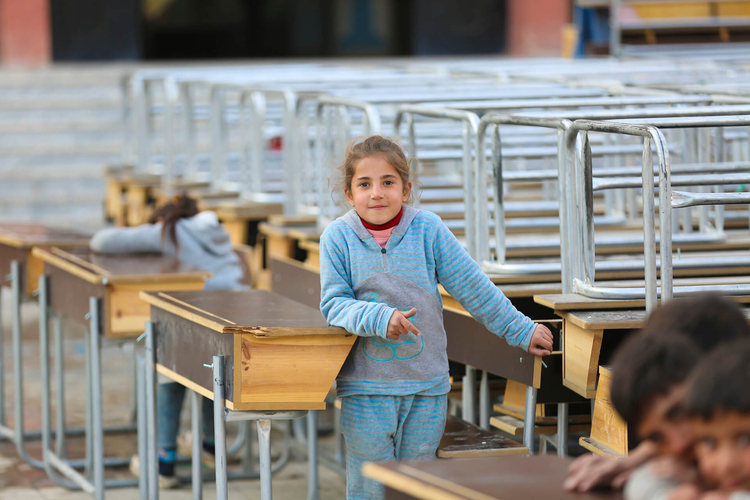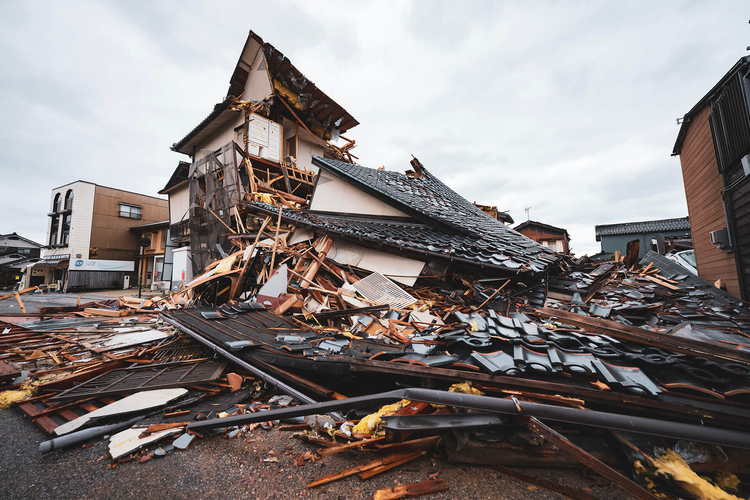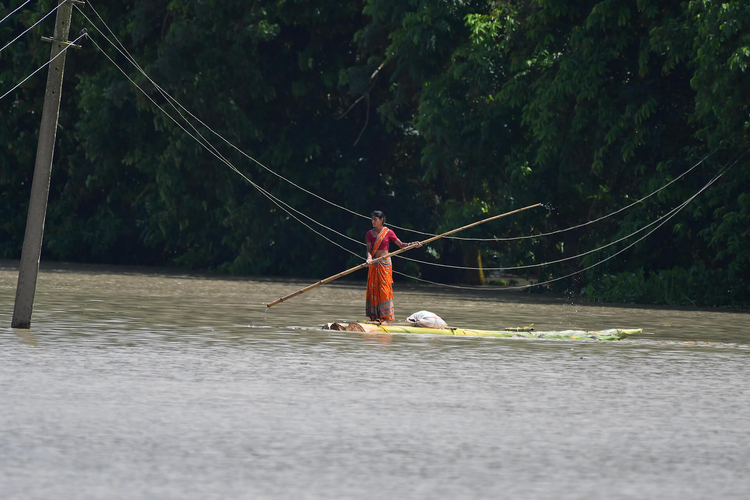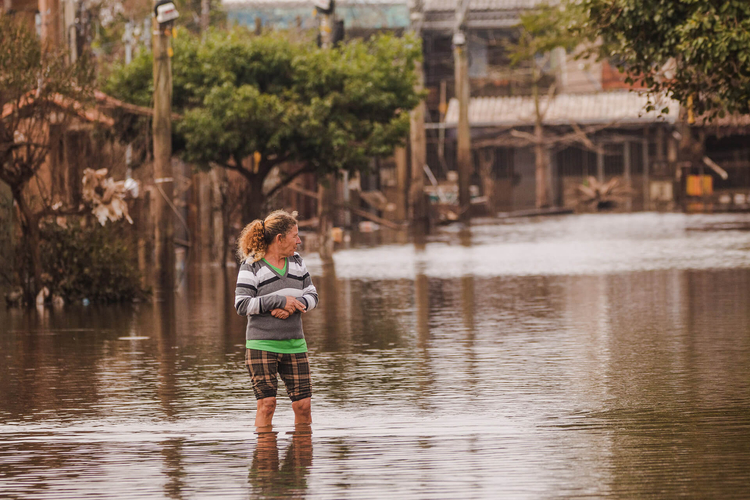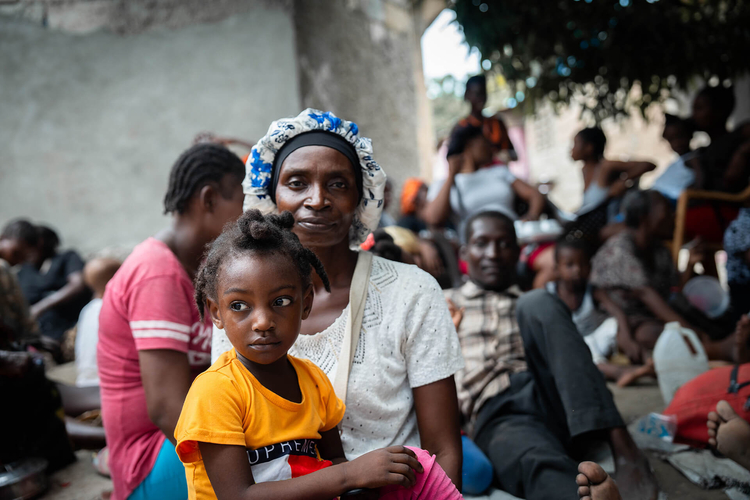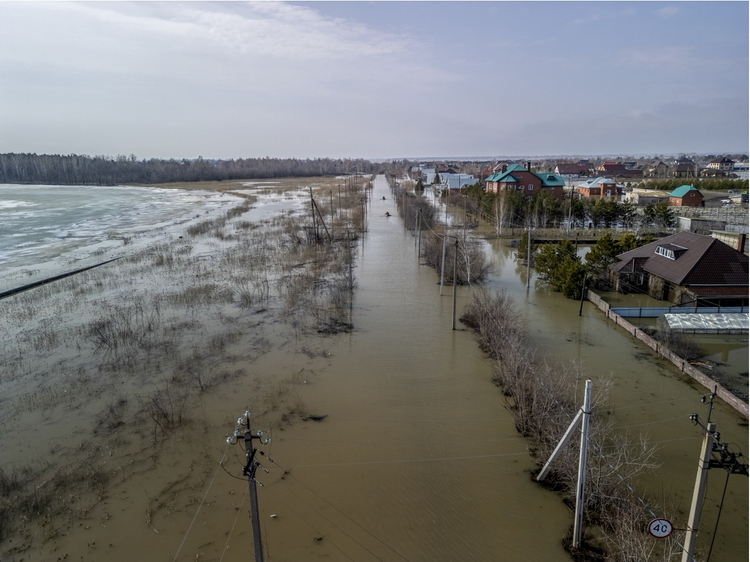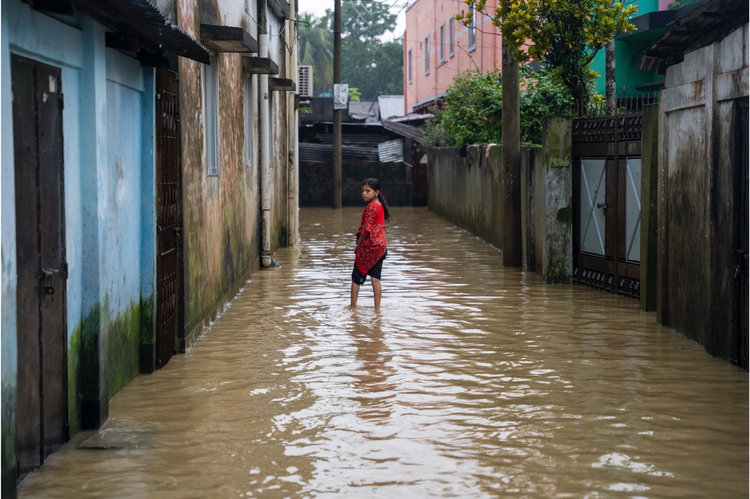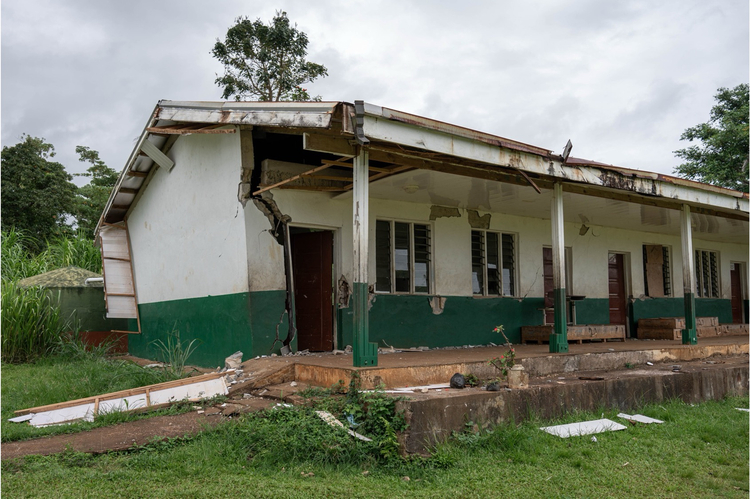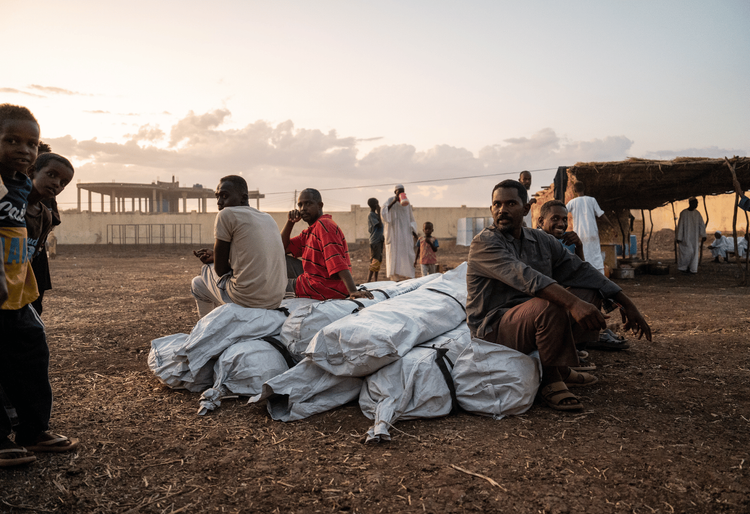Internal displacement is where conflict, poverty and climate collide, hitting the most vulnerable the hardest. These latest numbers prove that internal displacement is not just a humanitarian crisis; it’s a clear development and political challenge that requires far more attention than it currently receives.
- Alexandra Bilak, IDMC director
The global picture
Internally displaced people (IDPs)
What is the total number of IDPs?
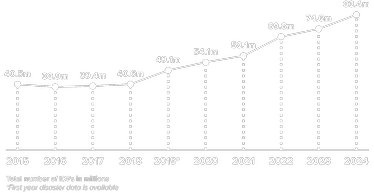
The number of IDPs continues to rise
Why does the number of IDPs keep increasing?
What is needed to reduce the number of IDPs
IDPs by cause of displacement
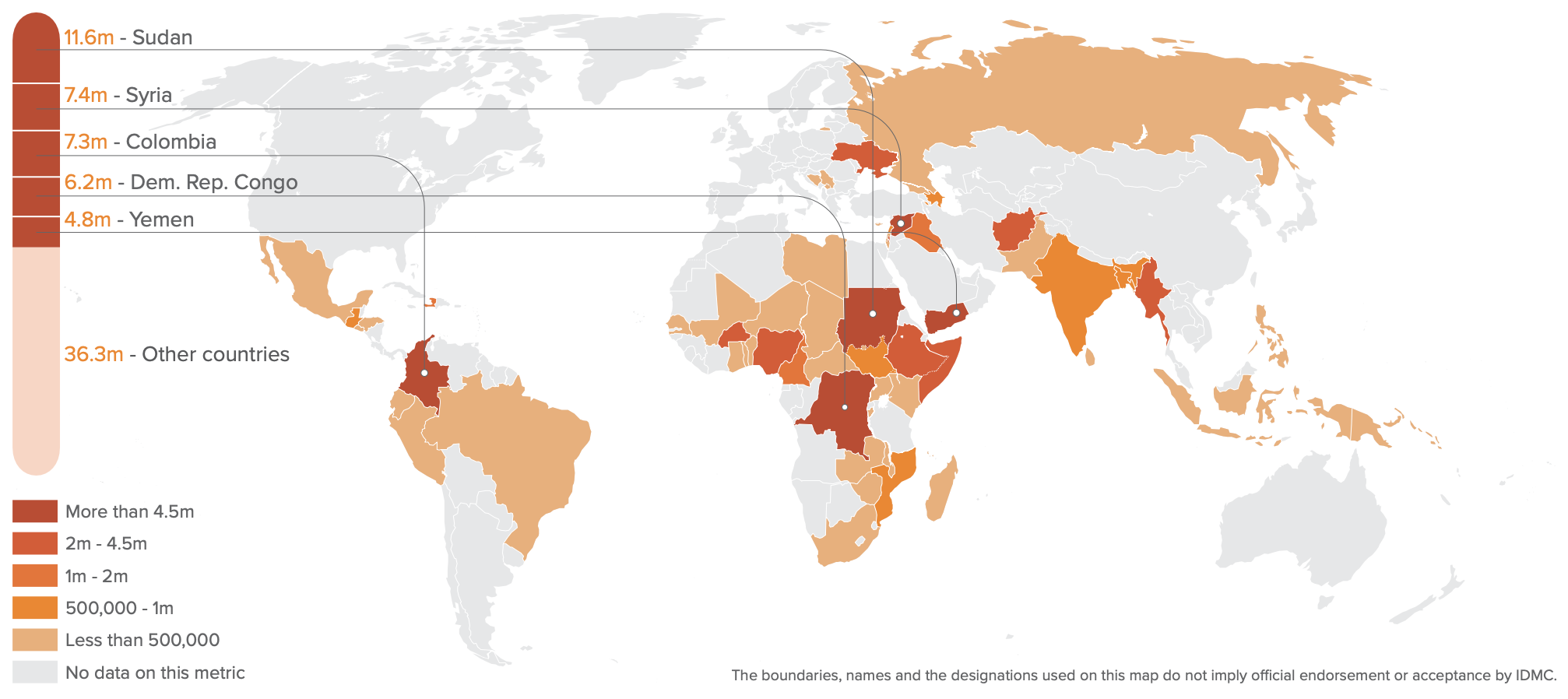
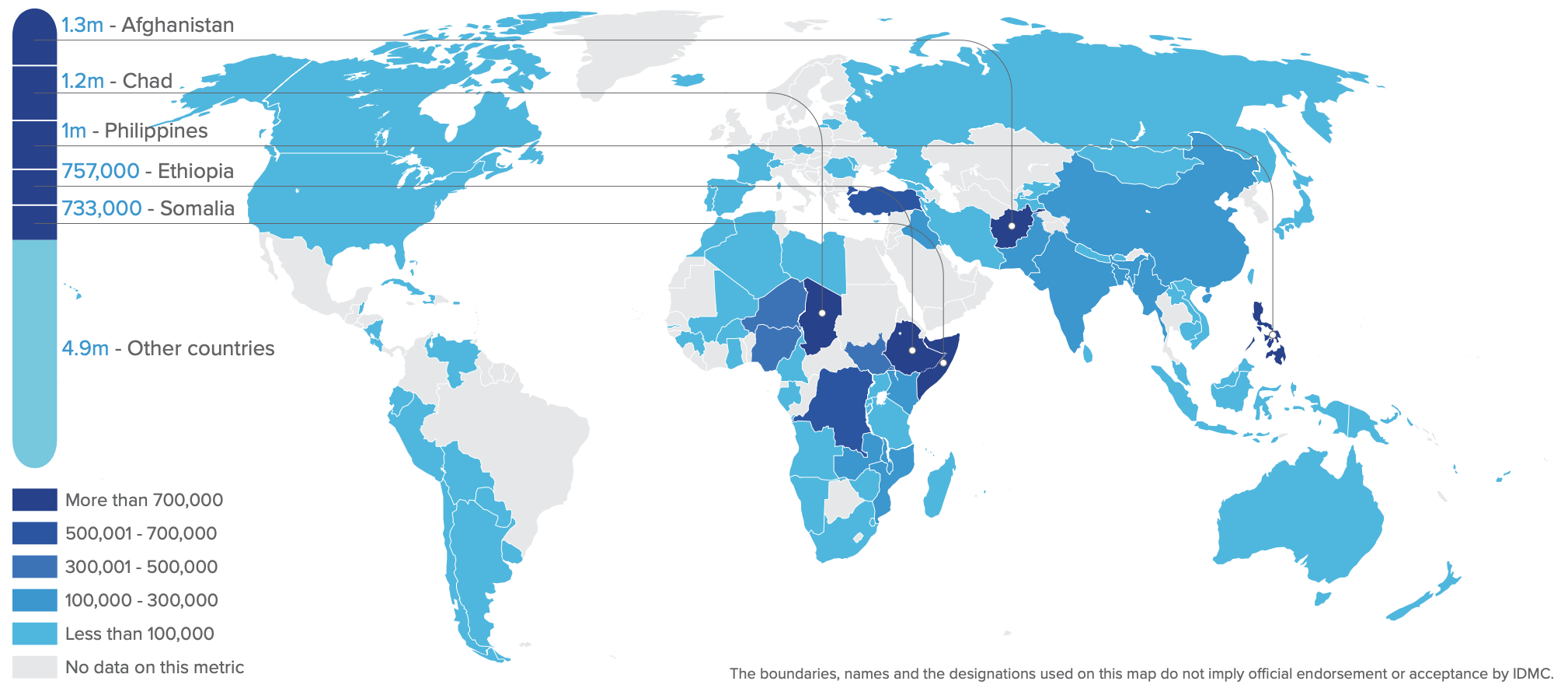
Internal displacements in 2024
What are internal displacements?
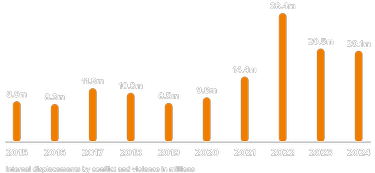
Conflict displacement remains high
Key displacement situations
9.1 million
3.2 million
1.1 million
What are internal displacements?
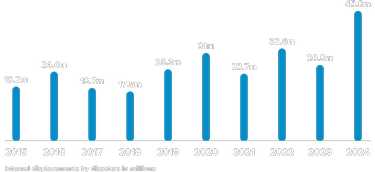
Disaster displacement was exceptionally high
Key displacement situations
~1/4
5.4 million
29
Internal displacement can happen anywhere
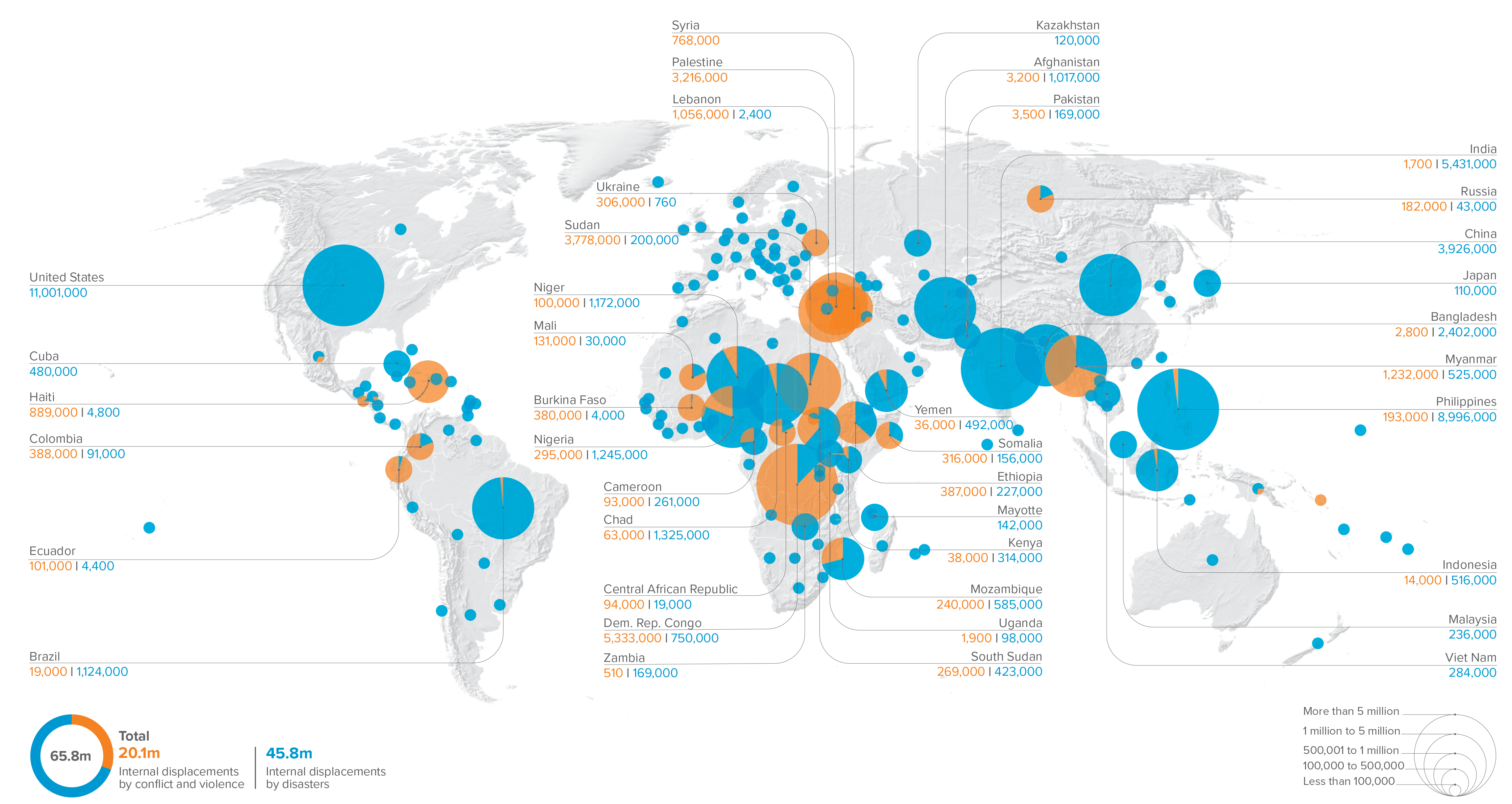
The cost of inaction is rising, and displaced people are paying the price. The data is clear, it’s now time to use it to prevent displacement, support recovery, and build resilience.
- Alexandra Bilak, IDMC director
Regional overviews
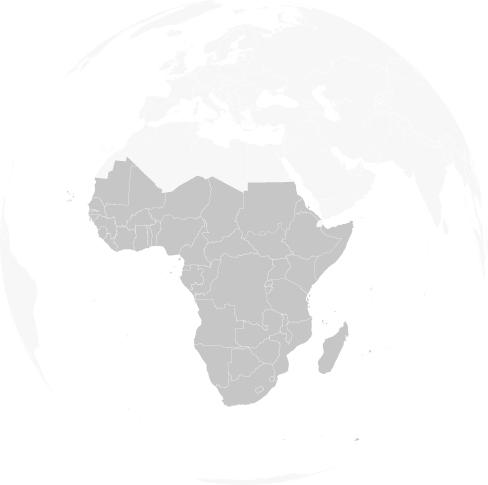
Internally displaced people (IDPs)
IDPs by conflict and violence
IDPs by disasters
Internal displacements (movements)
Internal displacements by conflict and violence
Internal displacements by disasters
The number of internally displaced people in Sub-Saharan Africa reached a record 38.8 million as of the end of the year, around 46 per cent of the global total. All 23 countries that recorded conflict displacements also registered movements triggered by disasters.
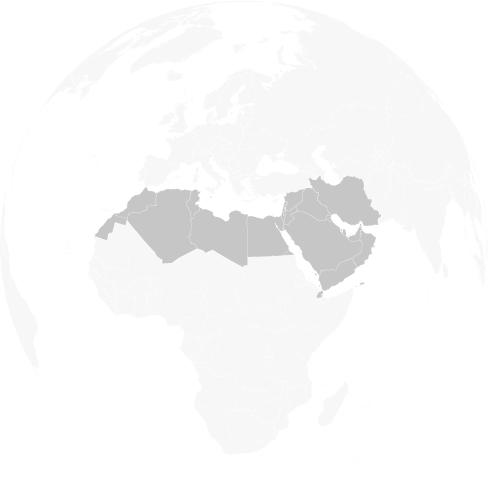
Internally displaced people (IDPs)
IDPs by conflict and violence
IDPs by disasters
Internal displacements (movements)
Internal displacements by conflict and violence
Internal displacements by disasters
After a decrease between 2019 and 2022, the number of internal displacements associated with conflict and violence in the Middle East and North Africa increased significantly from 7 October 2023, mostly as hostilities escalated in the Gaza Strip. The increasing trend continued in 2024.
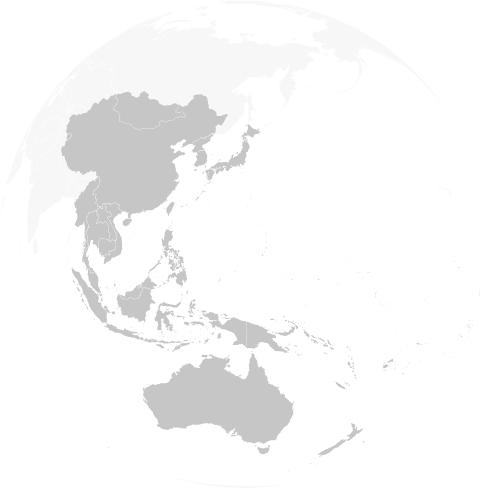
Internally displaced people (IDPs)
IDPs by conflict and violence
IDPs by disasters
Internal displacements (movements)
Internal displacements by conflict and violence
Internal displacements by disasters
After two years during which the number of disaster displacements in East Asia and the Pacific fell as a result of drier conditions associated with El Niño, the figure for 2024 was the highest since 2016.
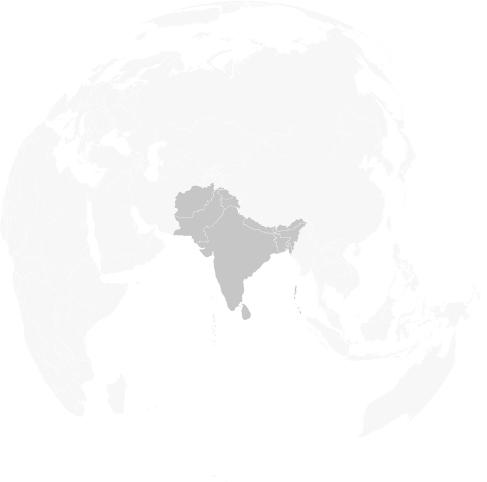
Internally displaced people (IDPs)
IDPs by conflict and violence
IDPs by disasters
Internal displacements (movements)
Internal displacements by conflict and violence
Internal displacements by disasters
After drier conditions associated with El Niño in 2023, the number of disaster displacements in South Asia nearly tripled in 2024 to reach 9.2 million. The figure was the second highest for the region in more than a decade.

Internally displaced people (IDPs)
IDPs by conflict and violence
IDPs by disasters
Internal displacements (movements)
Internal displacements by conflict and violence
Internal displacements by disasters
The number of internal displacements in the Americas reached a record 14.5 million in 2024, more than the previous five years combined. The United States reported the highest figure with 11 million disaster-related movements, nearly a quarter of the global total.

Internally displaced people (IDPs)
IDPs by conflict and violence
IDPs by disasters
Internal displacements (movements)
Internal displacements by conflict and violence
Internal displacements by disasters
Europe and Central Asia recorded 846,000 internal displacements in 2024, nearly 60 per cent associated with the conflict between Russia and Ukraine. Ten countries reported their highest disaster displacement figures since data became available.
Country spotlights
The way forward
Downloads
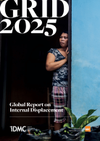
Press pack

Alexandra Bilak
Director, Internal Displacement Monitoring Centre

Jan Egeland
Secretary General, Norwegian Refugee Council (NRC)

Vicente Anzellini
Global and Regional Analysis Manager

Ivana Hajzmanova
Global Monitoring Manager

Christelle Cazabat
Head of Programmes

Youssef Jai
Senior Policy Adviser
With thanks





